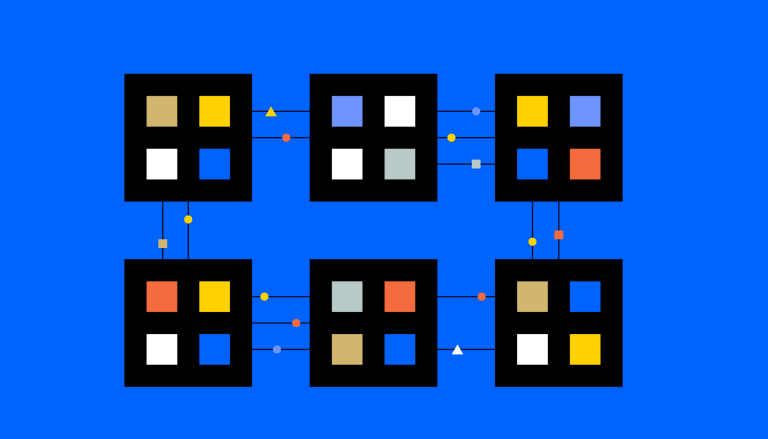On-chain vs. off-chain cryptocurrency transactions: what is the difference?

On-chain transactions occur directly on the blockchain, providing a level of security and transparency but may be slower and more costly.
Off-chain transactions occur outside the main blockchain network, having characteristics such as speed and cost efficiency but may introduce complexities and security vulnerabilities.
Both on-chain and off-chain transactions have roles in the cryptocurrency ecosystem, addressing different needs and use cases.
Understanding On-chain Transactions
On-chain transactions refer to those that occur directly on the blockchain. These transactions are recorded and validated on the blockchain, providing a level of security and transparency. When a user initiates an on-chain transaction, the details are broadcast to the network, where they undergo a process of validation and inclusion in a block. This is achieved through consensus mechanisms, such as Proof of Work (PoW) or Proof of Stake (PoS), aiming to ensure that the transaction is recorded on the blockchain. Once the transaction is validated and added to a block, it becomes a permanent part of the distributed ledger, providing transparency and immutability.
The key characteristic of on-chain transactions lies in their trustless nature. Since the blockchain is decentralized and immutable, on-chain transactions eliminate the need for intermediaries, offering a method of transferring cryptocurrency. However, the downside is that on-chain transactions can be slower and more costly due to the resource-intensive consensus mechanisms and the growing size of the blockchain. In other words, they can face scalability issues.
Understanding Off-chain Transactions
Contrary to on-chain transactions, off-chain transactions occur outside the main blockchain network. These transactions are facilitated by Layer-2 solutions or networks that operate independently of the main blockchain. One common method for conducting off-chain transactions is through the use of payment channels, which enable off-chain transfers of value between parties.
Off-chain transactions have several characteristics, including instant execution, lower transaction fees, and increased privacy. However, they may introduce complexities and potential security vulnerabilities as they rely on secondary layers or networks. Despite these challenges, off-chain transactions play a role in addressing the scalability issues faced by on-chain transactions, making them suitable for microtransactions and instant payments.
Comparing On-chain and Off-chain Transactions
While both on-chain and off-chain transactions serve the purpose of transferring value in the cryptocurrency ecosystem, they cater to different needs and use cases. On-chain transactions are used for high-value transactions where security and immutability are paramount. They provide a trustless transfer mechanism, eliminating the need for intermediaries.
On the other hand, off-chain transactions aim to address the scalability challenges of on-chain transactions. They are suitable for smaller, frequent transactions where speed and cost efficiency are more important. However, they may introduce additional complexities and potential security vulnerabilities as they rely on secondary layers or networks.


